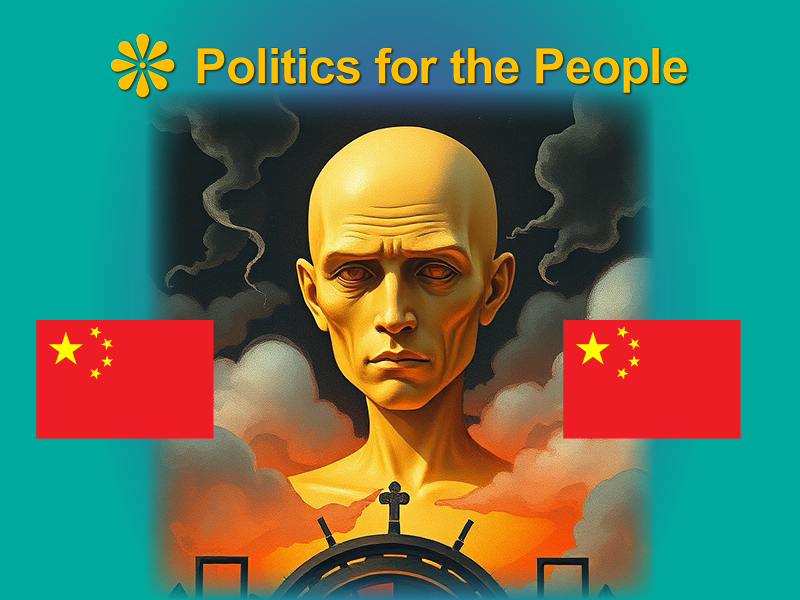Introduction to Xinjiang Controversy
Caught in the throes of global condemnation and staunch defence, China’s Xinjiang region stands at the Center of an intense debate. Home to the Uyghur community, Xinjiang is a hotspot of controversy, with conflicting narratives shaping the international discourse. What is truly happening in this troubled region? This article delves into the important aspect, exploring the allegations, defences, and the wider geopolitical implications.
Human Rights or Security Measures?
The Case for Cultural Genocide
The international community has raised alarms over the internment of over a million Uyghurs in facilities described by critics as “re-education camps.” Reports from human rights organizations suggest that these camps aim at forcefully assimilating the Uyghur population into the majority Han Chinese culture, through methods that include Mandarin language instruction and political indoctrination. This has sparked international debate about whether these actions amount to cultural genocide.
The Defence by China
Conversely, the Chinese government and some observers argue that these measures are necessary to support stability and counter extremism. They highlight the public presence of Uyghur culture through the maintenance of mosques and the operation of Uyghur-owned businesses as evidence of cultural preservation. Additionally, they argue that vocational training programs are designed to enhance economic opportunities for the Uyghur population.
Terrorism: Reality or Pretext?
China cites a history of unrest and attacks in the region as justification for its security crackdown. It argues that the measures are aimed at preventing the spread of extremist ideologies that have led to violent incidents in the past. However, critics argue that the response is excessively harsh and often indiscriminate, affecting the lives of countless innocent Uyghurs. This approach has raised significant concerns about human rights violations under the guise of combating terrorism.
Global Comparisons
When examining criticisms of China’s policies in Xinjiang, it is essential to consider the global context. Many nations that criticize China have their own histories of human rights abuses, such as the treatment of Indigenous populations in Australia or racial profiling in the United States’ War on Terror. These analogies serve to both shed light on global inconsistencies in human rights advocacy and caution against overly simplistic narratives.
Localized Power Dynamics
Within China, the central government’s policies are often interpreted and implemented by local officials, who have a significant degree of autonomy. This can lead to diverse outcomes, which may be more severe or lenient than the national policy prescribes. The actions of these local authorities can sometimes worsen tensions, leading to allegations of corruption or mismanagement, and complicating the understanding of the central government’s intentions.
Conclusion
The situation in Xinjiang is a complex interplay of geopolitics, human rights, and security concerns. A balanced perspective is essential to discern the realities of Xinjiang’s situation. As global citizens, it is our responsibility to seek out multiple sources of information and remain open to various perspectives to fully understand the nuances of such a complex issue.
Questions for Readers
1. What steps can the international community take to better assess the situation in Xinjiang?
2. How can we ensure that our understanding of such complex issues still is balanced and informed?
Call to Action
Join the conversation on social media and educate yourself further on Xinjiang’s unfolding story. Let’s promote a balanced understanding and support informed discussions.
References:
Religious personnel from Islamic countries come to visit Xinjiang: https://theglobalherald.com/news/religious-personnel-from-islamic-countries-come-to-visit-xinjiang/
Religious Repression in China: https://www.hrw.org/legacy/campaigns/china-98/religion.htm
Massive secret network was pushing the western narrative: https://johnmenadue.com/massive-secret-network-revealed-to-be-pushing-western-narrative/
Evaluating five years of pro-Western covert influence operations: https://stacks.stanford.edu/file/druid:nj914nx9540/unheard-voice-tt.pdf
UN report on Xinjiang is depressing in more ways than one: https://johnmenadue.com/un-report-on-xinjiang-is-depressing-in-more-ways-than-one/
Amnesty International’s submission to the UN committee highlights Xinjiang: https://johnmenadue.com/amnesty-international-submission-to-un-committee/
The demonisation of China in the US goes on and on: https://johnmenadue.com/the-demonisation-of-china-in-the-us-goes-on-and-on/
The Other Side of the Story in Hong Kong: https://www.advisorperspectives.com/articles/2022/01/11/the-other-side-of-the-story-in-hong-kong

